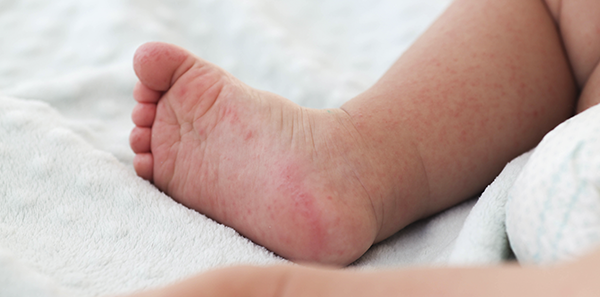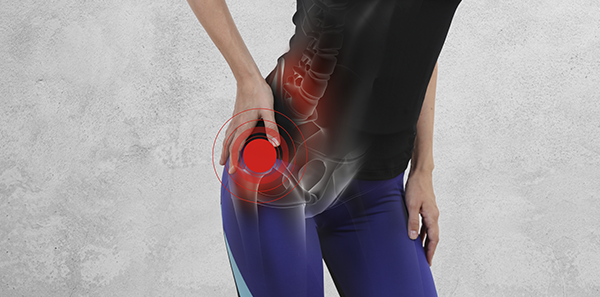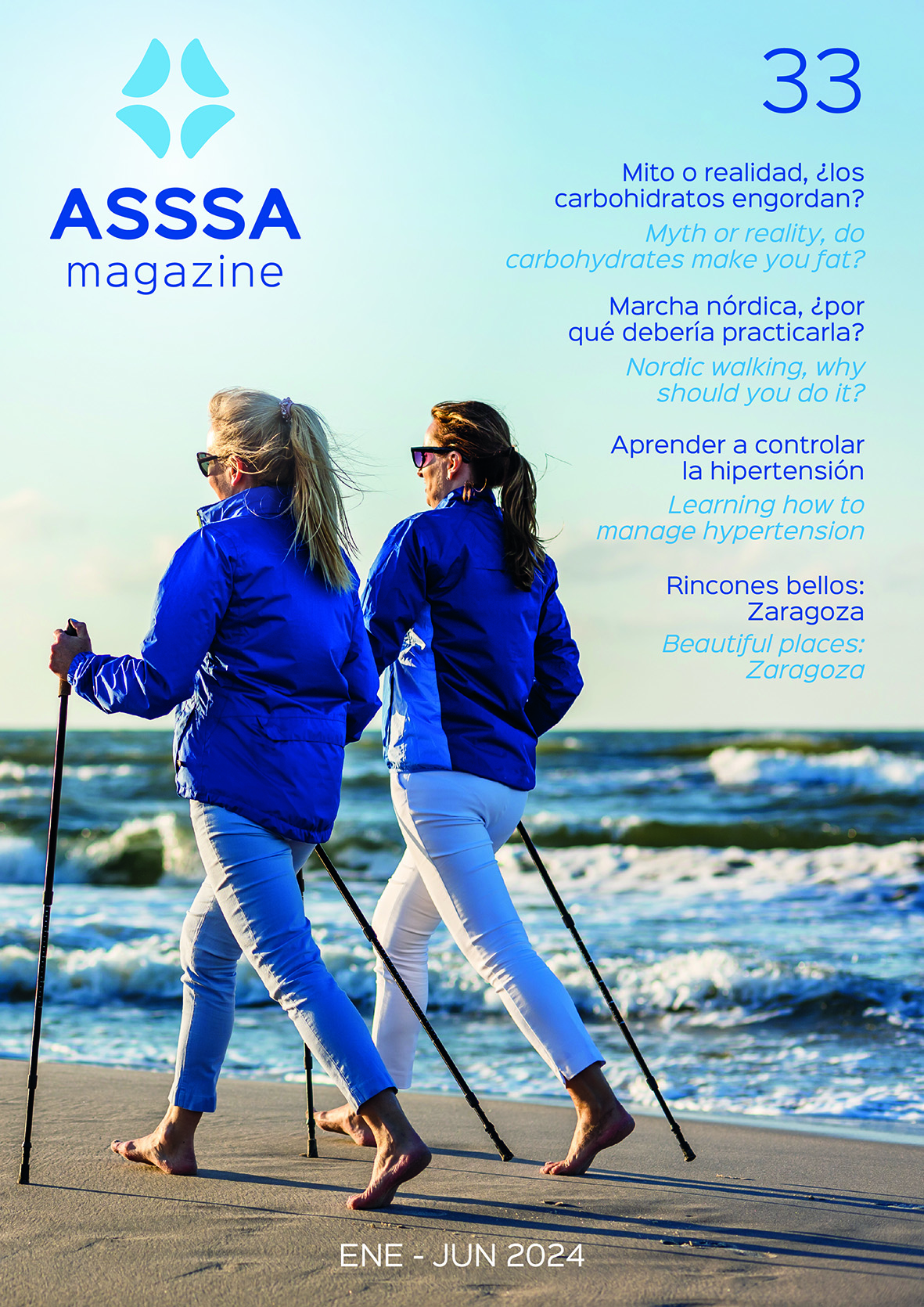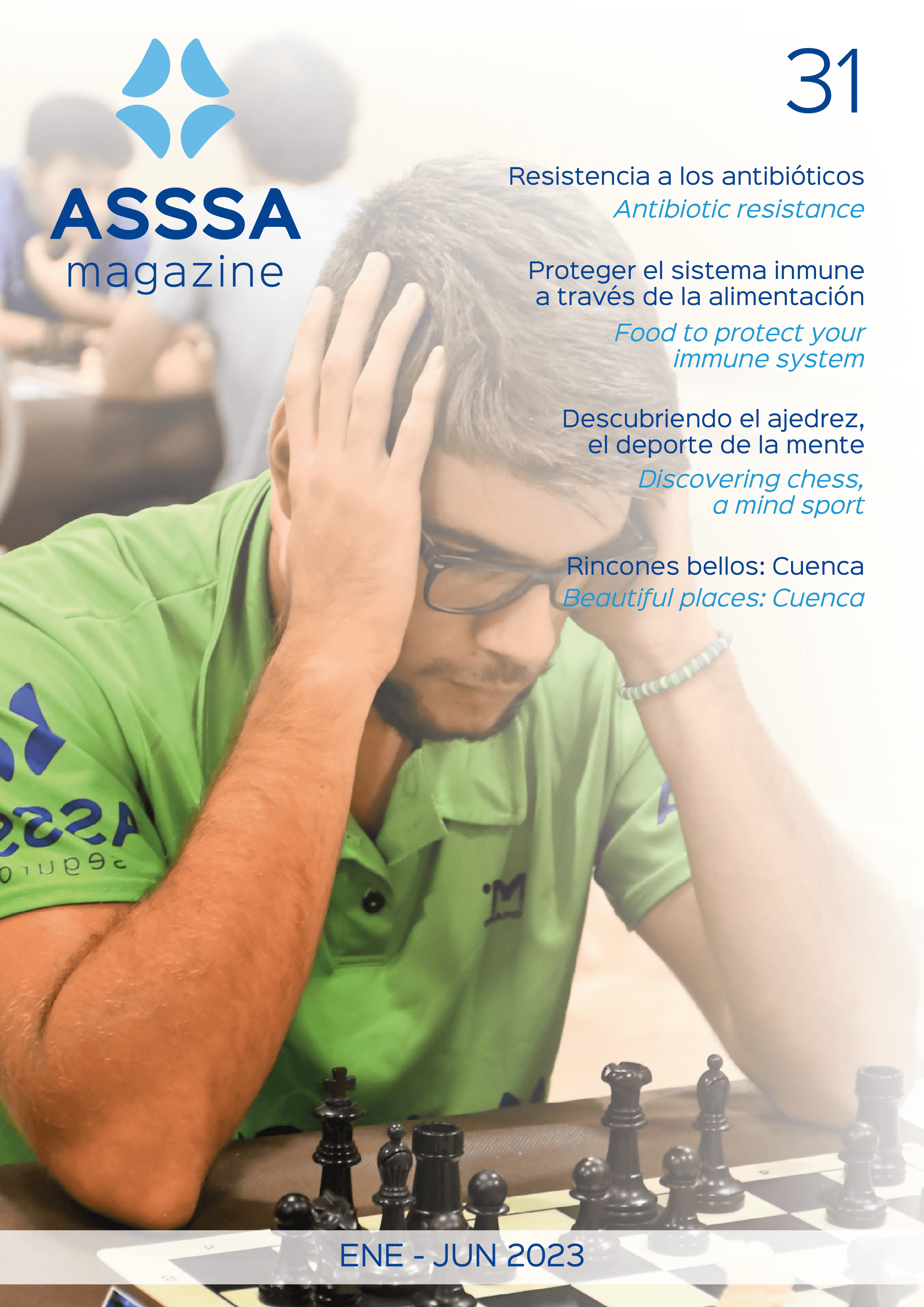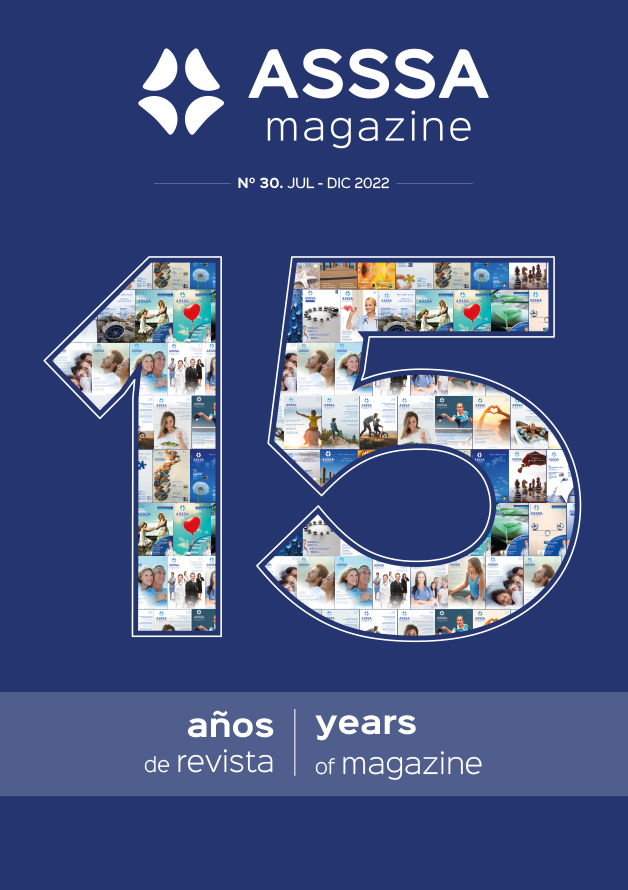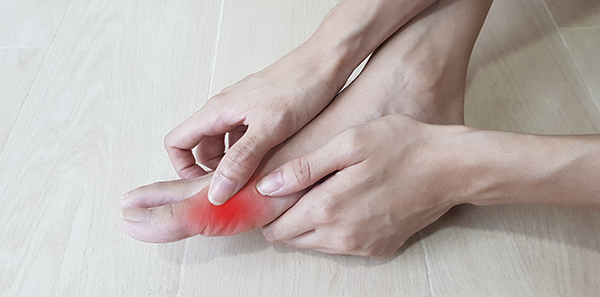
What is it?
GOUT is the inflammation of a joint caused by the deposition of needle-like crystals of uric acid (monosodium urate) in the synovial fluid. It usually affects only one joint and the joint most affected is the metatarsophalangeal joint (big toe) and is called podagra.
What are the symptoms?
The symptoms usually begin at night with severe pain, oedema (swelling), local heat, and hypersensitivity. It tends to disappear spontaneously in 3 to 10 days.
Increased uric acid (hyperuricemia) is the biological diagnostic marker of GOUT. An increase in uric acid, deposited and crystallised in the joint can cause a gout attack. It should be noted that the presence of gout is not necessarily accompanied by hyperuricemia, and not all patients with hyperuricemia develop gout.
How does it occur?
The deposition of uric acid can be produced by increased production during protein catabolism or reduced elimination through the kidney.
In chronic gout, large amounts of sodium urate may accumulate in the periarticular soft tissue, forming characteristic tophi.
How is it treated?
The treatment for an acute gout attack consists of providing symptomatic relief to calm the pain and inflammation. NSAIDs (non-steroidal anti-inflammatory drugs) and colchicine are among the most commonly used drugs at the onset of the attack.
Only 5% of hyperuricaemic individuals suffer from gout and therefore no treatment is indicated. In individuals who have developed an acute gout attack and present high levels of uric acid in the blood, its production can be stopped with allopurinol or its elimination can be increased with uricosuric agents.


